Expansion of MRI and Medical Imaging
The Helium Gas Market is significantly influenced by the healthcare sector, particularly through the expansion of MRI machines and other medical imaging technologies. Helium is essential for cooling the superconducting magnets used in MRI systems, ensuring optimal performance and image quality. As healthcare facilities upgrade their imaging equipment, the demand for helium is expected to rise. Current estimates suggest that the medical imaging segment could represent a considerable portion of the helium market, with a projected growth rate of around 5% annually. This trend underscores the importance of helium in the healthcare industry and its role in enhancing diagnostic capabilities.
Emerging Applications in Fiber Optics
The Helium Gas Market is witnessing emerging applications in the fiber optics sector, where helium is utilized in the production of optical fibers. The demand for high-speed internet and advanced communication technologies is propelling the growth of fiber optics, which in turn increases the need for helium. As telecommunications companies invest in infrastructure to support 5G networks and beyond, the helium market is likely to see a corresponding rise in demand. Analysts suggest that the fiber optics segment could account for a significant share of the helium market, reflecting the industry's shift towards more efficient communication solutions.
Growth in Semiconductor Manufacturing
The Helium Gas Market is also benefiting from the growth in semiconductor manufacturing, where helium is employed in various processes, including leak detection and as a carrier gas in chemical vapor deposition. The semiconductor industry is projected to expand significantly, driven by the increasing demand for electronic devices and advancements in technology. Reports indicate that the semiconductor segment could contribute to a substantial increase in helium consumption, potentially exceeding 20% of the total market share by 2025. This growth highlights the critical role of helium in supporting the technological advancements that drive the electronics sector.
Rising Demand in Aerospace Applications
The Helium Gas Market is experiencing a notable surge in demand due to its critical applications in the aerospace sector. Helium is utilized in various aerospace technologies, including rocket propulsion and cooling systems for superconducting materials. As nations invest in space exploration and satellite technology, the need for helium is projected to increase. Reports indicate that the aerospace segment could account for a substantial share of the helium market, potentially reaching a valuation of several billion dollars by 2026. This trend suggests that the Helium Gas Market is poised for growth, driven by advancements in aerospace technologies and increased governmental funding for space missions.
Increased Focus on Research and Development
The Helium Gas Market is being driven by an increased focus on research and development across various scientific fields. Helium is a critical component in cryogenics, particle physics, and other research applications. As research institutions and universities expand their capabilities, the demand for helium is expected to grow. Current trends indicate that investments in scientific research could lead to a notable increase in helium consumption, potentially impacting market dynamics. This emphasis on innovation and exploration suggests that the helium market will continue to evolve, with research applications playing a pivotal role in shaping its future.
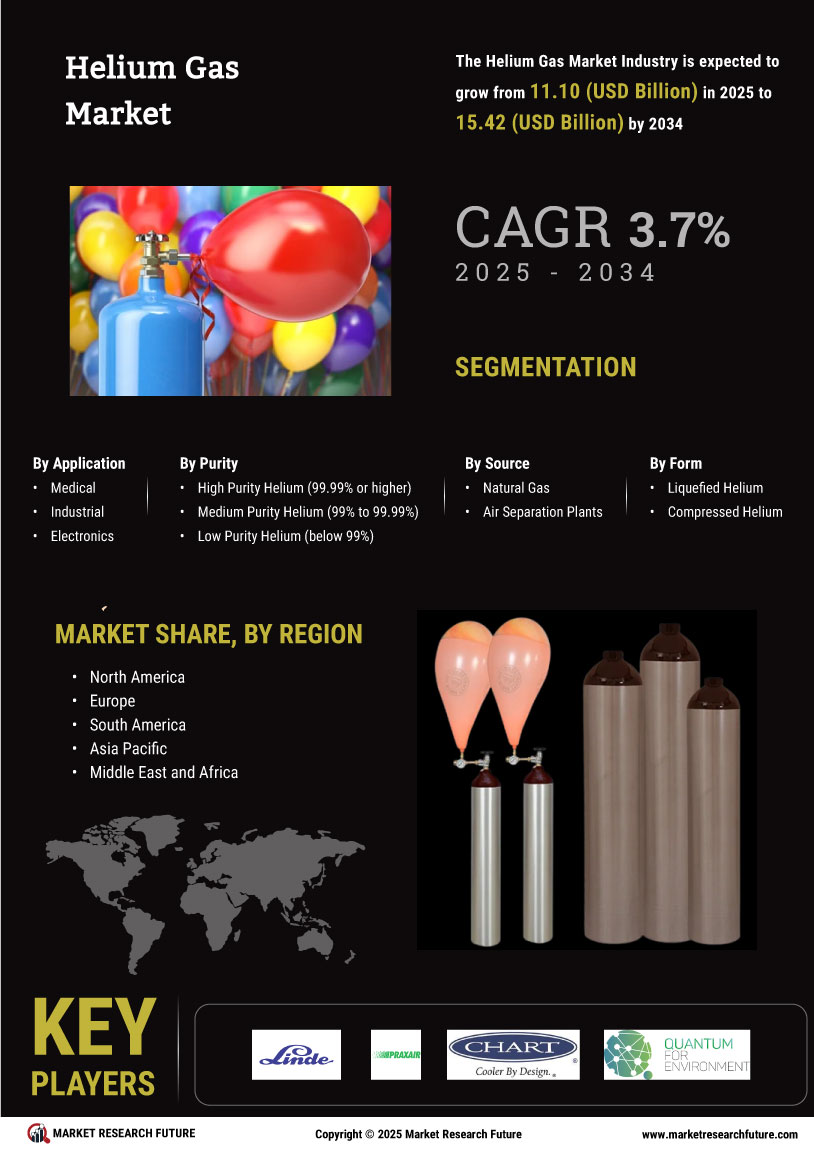


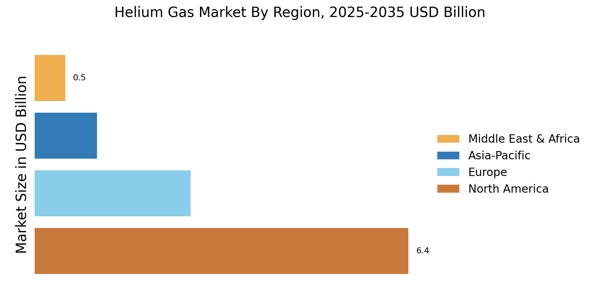
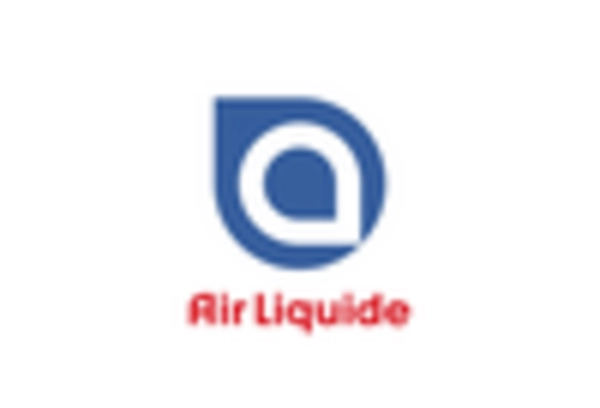
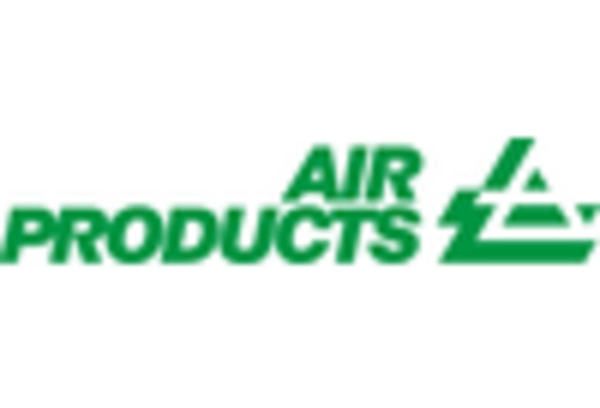
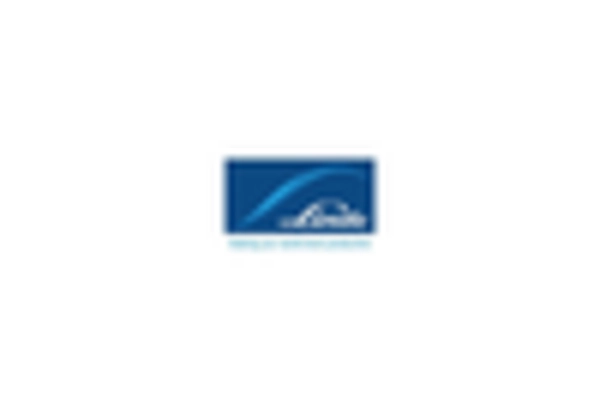
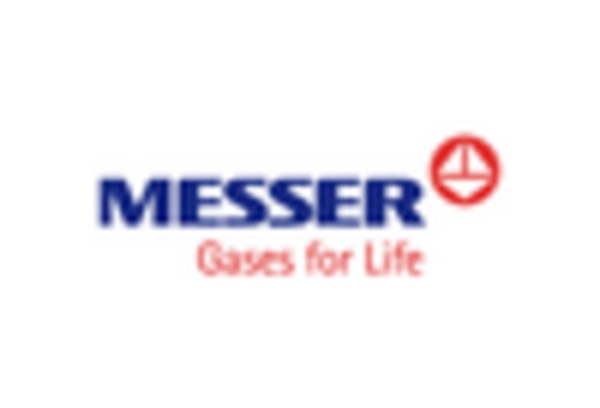

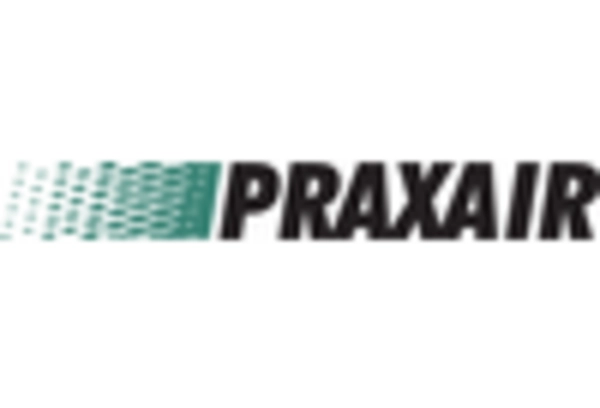








Leave a Comment